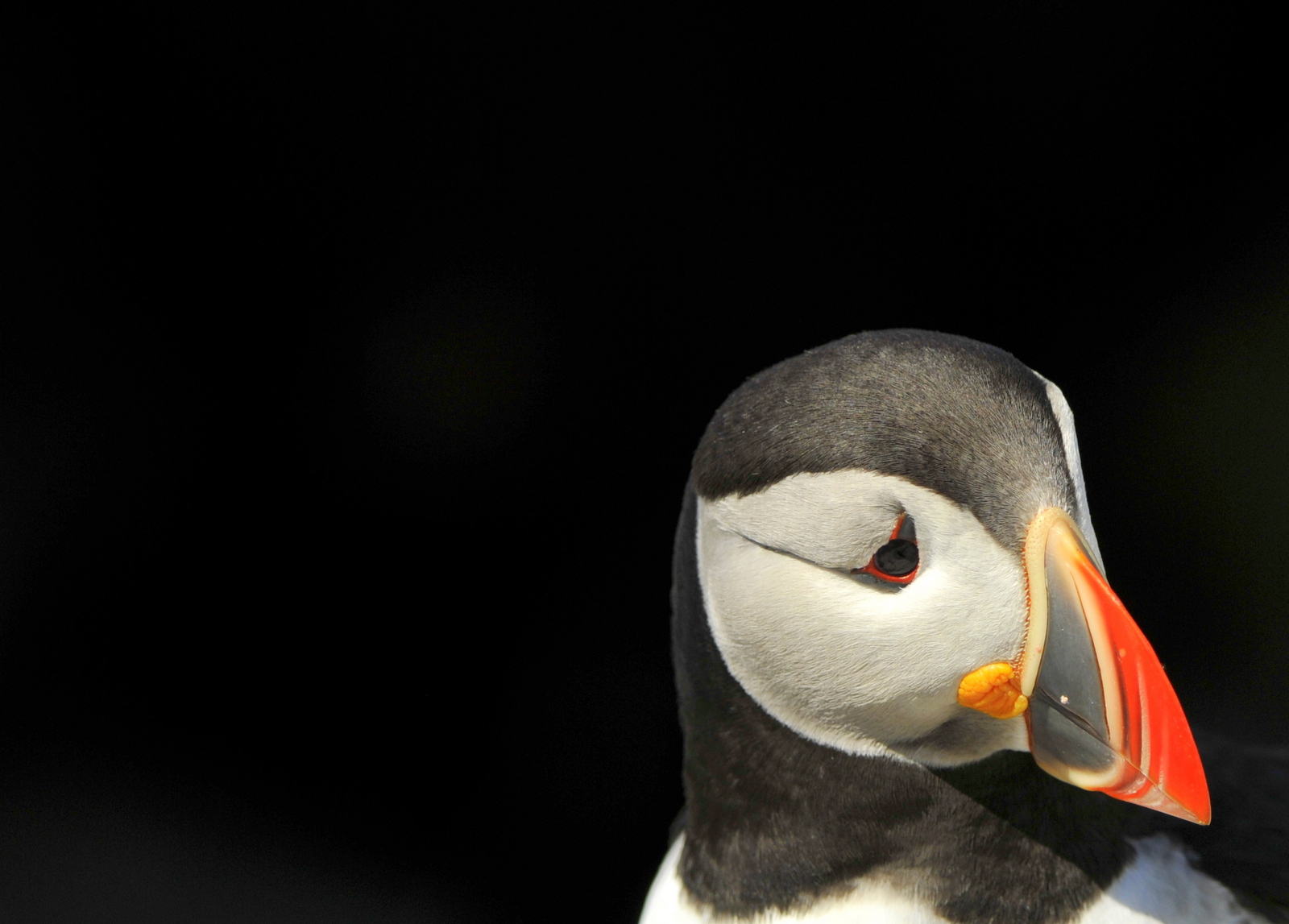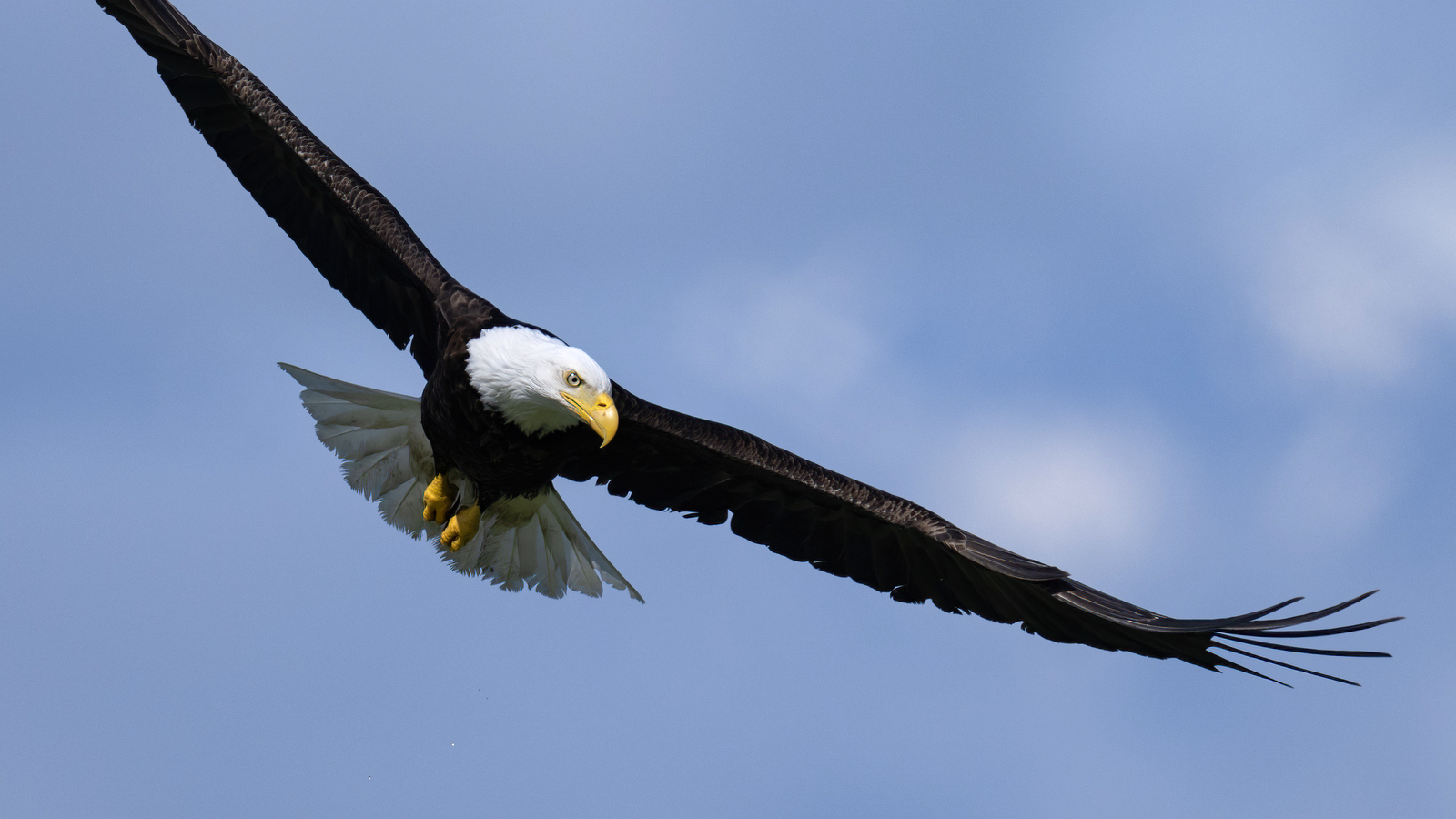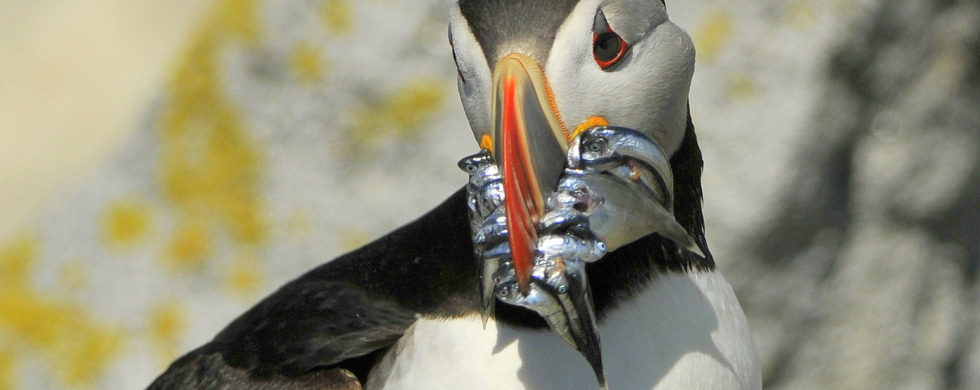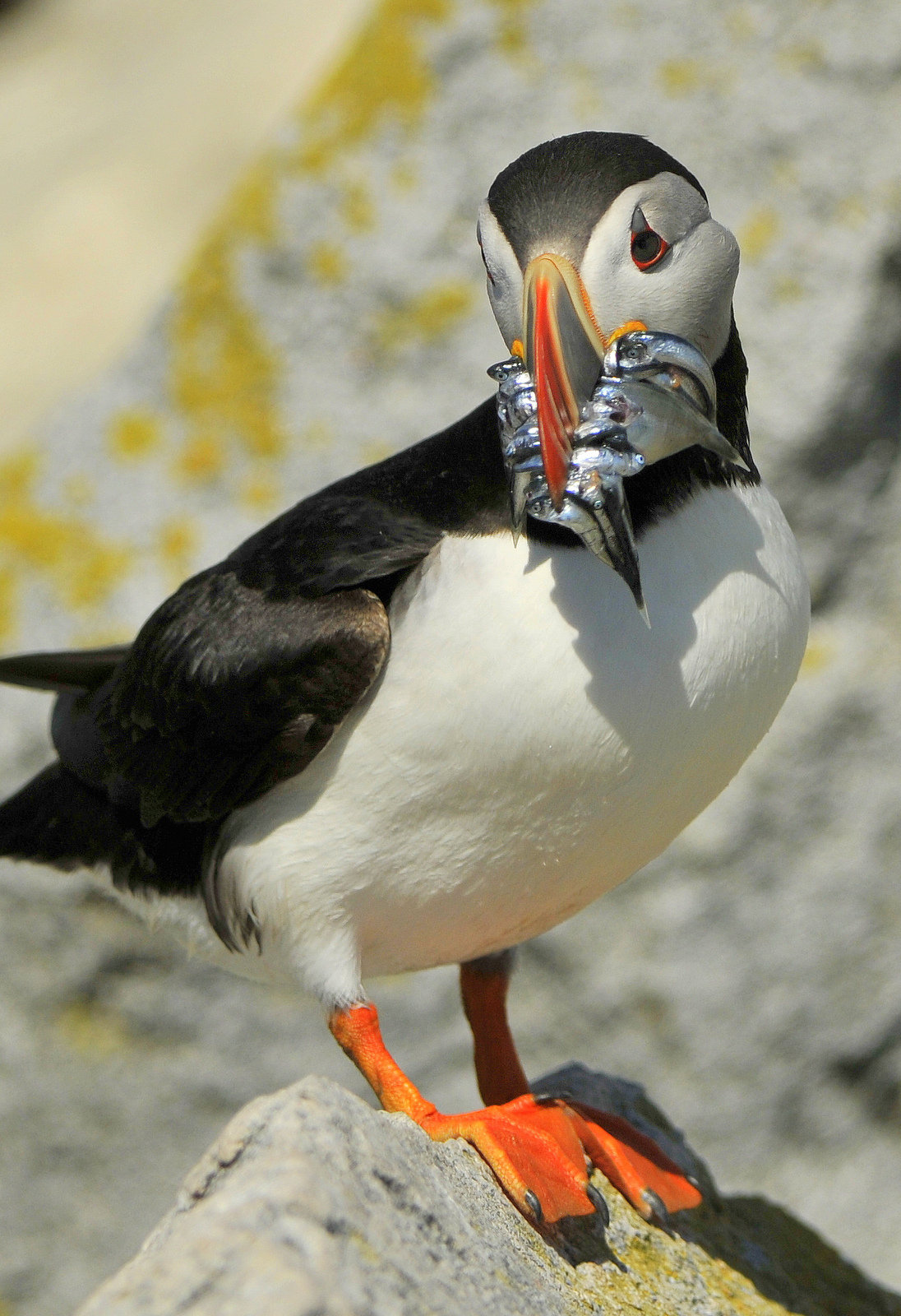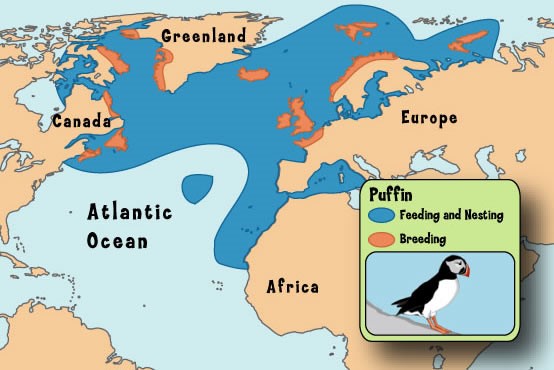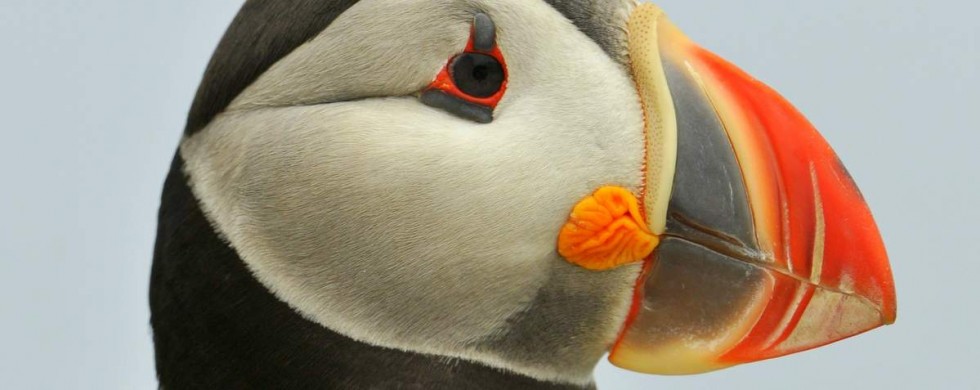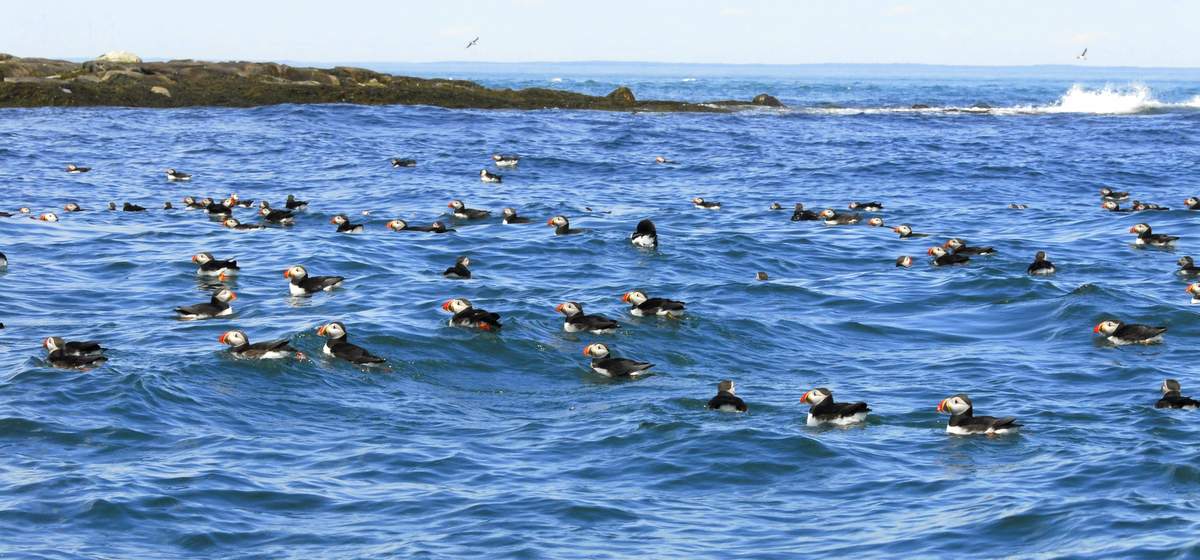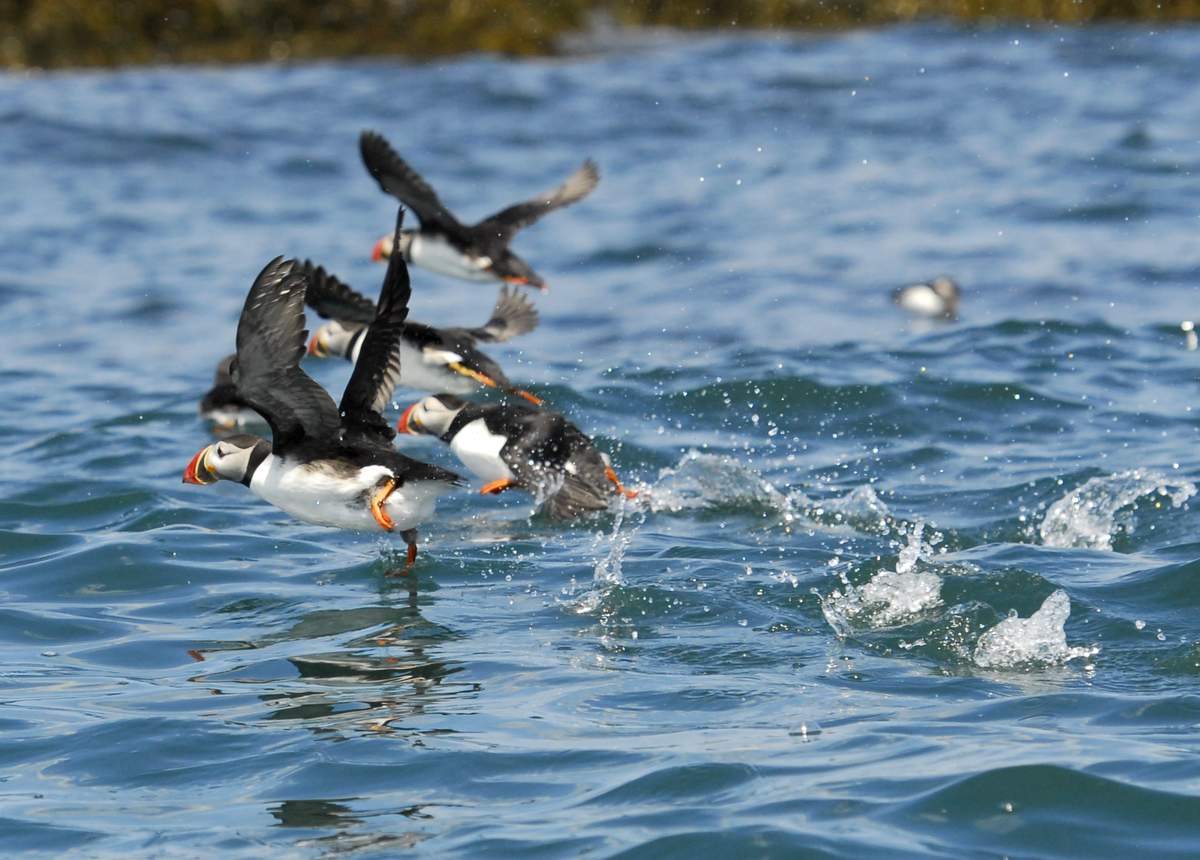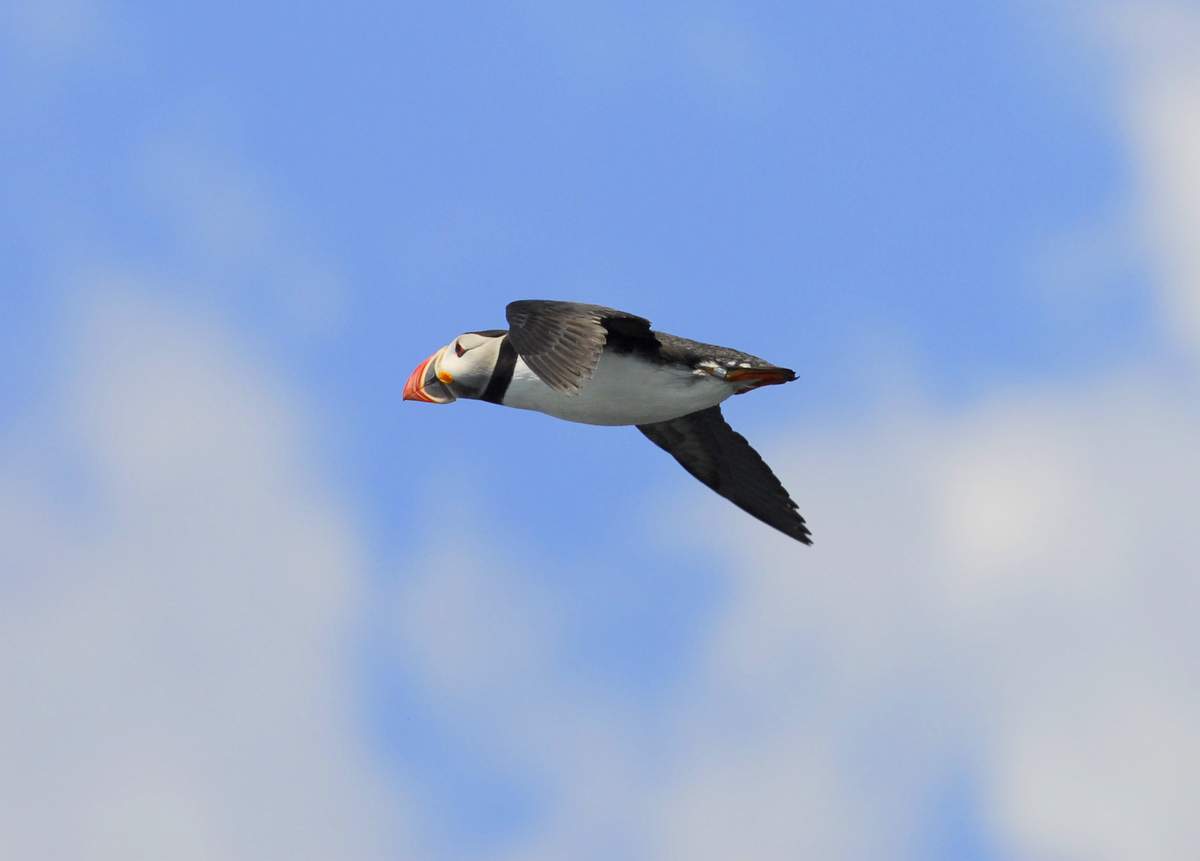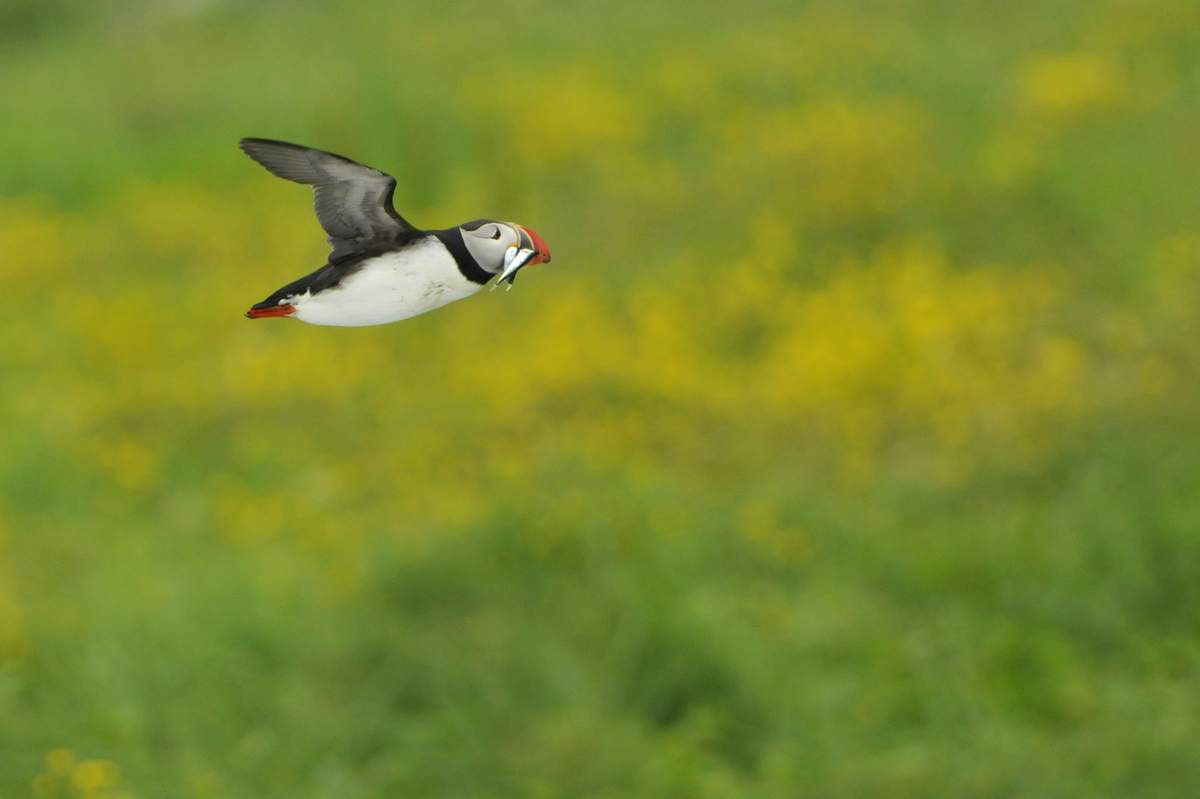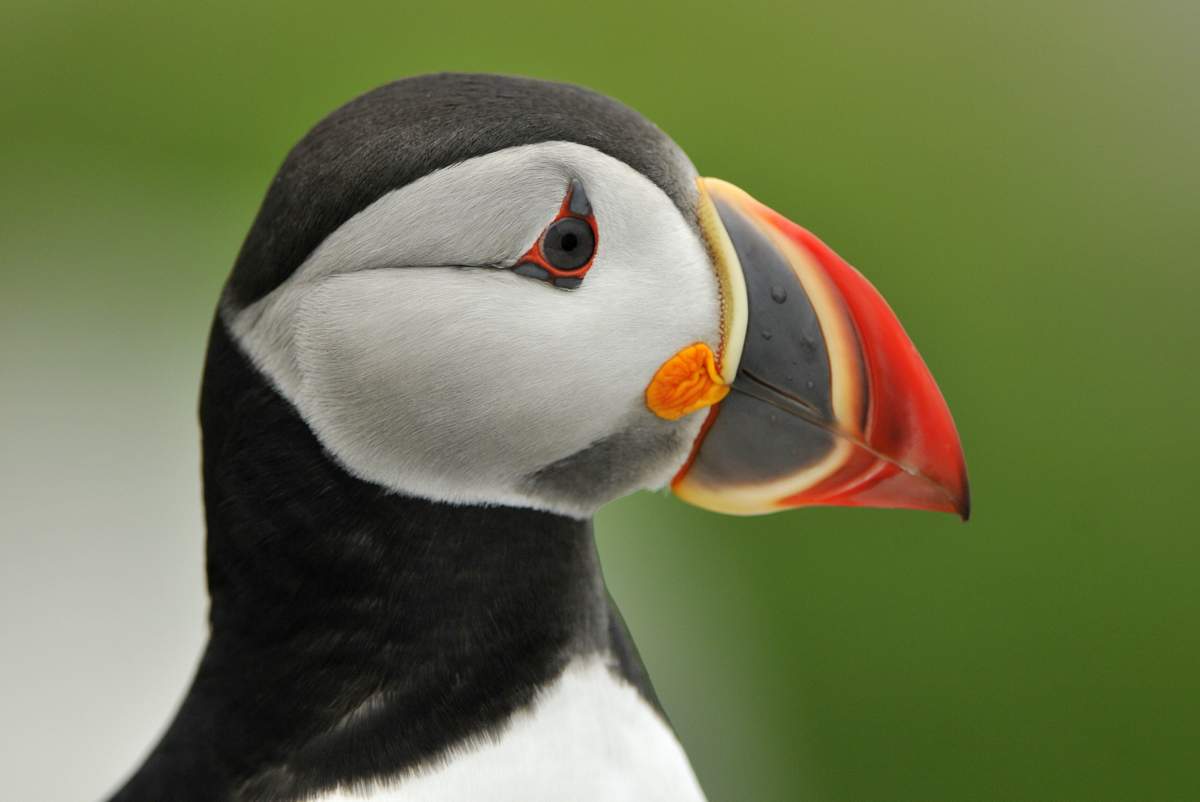30
Shot of the Month – November 2023
What can I say, some days you just gotta mix it up a little….
In this unorthodox composition we have a Northern Hawk Owl peering up from the corner. This image makes me smile each time I see it — hopefully it brought a grin to your face also.
In a previous post (Center of Attention) I talked about the “rules” of composition. Well, let’s call them guidelines. Suggestions perhaps. And I usually do follow the recommended “rule of thirds” for most of my images.
But not always:
In the first image I like how the owl seems to be peering in, as if engaging me – “Hellllooo, Mr. photographer. Are you looking for meeee?”
In the second image it seems that I caught this Atlantic Puffin as he was just on his way out. Makes me ponder, “Where is he going”? This second image is really breaking the rules as you normally want your subject to be looking into the image — with the owl we at least have the subject making eye contact with us.
But with the puffin, he is looking out, looking outside of the space of the image. This creates all that negative space behind him which is normally verboten. But given the space is a deep black, it creates a powerful contrast to the dramatic lighting and coloring of the puffin. I think it works and the emptiness actually has a presence that is compelling for the image. What is going on back there? Why did he leave it behind?
It’s also recommended to not cut off part of your subject…
I would like to say that I made an artistic decision here to purposely cut off the Bald Eagle’s wing but in this case I was just having a hard time keeping up with the eagle as he suddenly slowed down to begin banking back in the opposite direction from where he was flying. But when editing the image I leaned into my mistake and cropped the image even more to create a compelling image. Our eye is drawn to the upper edge of the photo where the wing leaves the image. From there our eye will tend to naturally follow the wing down until BAM, a close-up view of that stunningly beautiful and menacing face. That beak is terrifying.
Bottom line, try different approaches and find the angle or view that works for the situation at hand. As a famous artist once said:
“Learn the rules like a pro, so you can break them like an artist.”
―
Until next month….michael
Nikon D200, Nikon 200-400mm (@360mm), f/4, 1/2000 sec, ISO 400, +1.0 EV
31
Shot of the Month – March 2021
This month we visit with a small black and white bird that thrives in cold climates. From the image above you might guess that it is a type of penguin who has a flair for color and panache. Actually this lovely chap is an Atlantic Puffin (AP) and despite the similarities, he is not related to the penguin. APs are part of the Alcidae family of seabirds and they can fly (unlike penguins).
The AP is about the size of a mourning dove and weighs about a pound, which is kind of heavy for a bird of that size. The puffin is an excellent swimmer and uses that weight to help him dive up to 200 feet in search of a meal.
These birds are incredibly resilient – they spent most of their lives on the open sea in the North Atlantic Ocean which is C-O-L-D. Over half of the world’s AP population live near Iceland. Others can be found near Norway, Greenland, Newfoundland, Nova Scotia, Maine, western parts of Europe and northern Russia.
When out on the open ocean the birds tend to live solitary lives. Given the vast expanse of the North Atlantic Ocean, and the small size of the bird, we actually know very little about their lives as scientists can rarely find one to study!
In late spring the AP returns to coastal areas and nearby islands to breed in large colonies. During this period those striking bills and feet become super colorful to attract potential mates. Once an AP finds a partner they stay together for life, up to 25 years for some. After eight months apart the couple reunite at the same burrow site to continue their partnership. Mother Nature is such a romantic…
The mated pair work together to raise a single chick each year and the parents take turns going out to sea to look for food. In the image above you can see an adult returning back to the burrow to feed the chick.
I point to the corner of my mouth, “Excuse me Mr. Puffin you have a little something right uh, well, you have some crumbs at the edge of…….uh, never mind.”
AP dine mainly on herring, sand eels and capelin. Puffins normally swallow their catch underwater but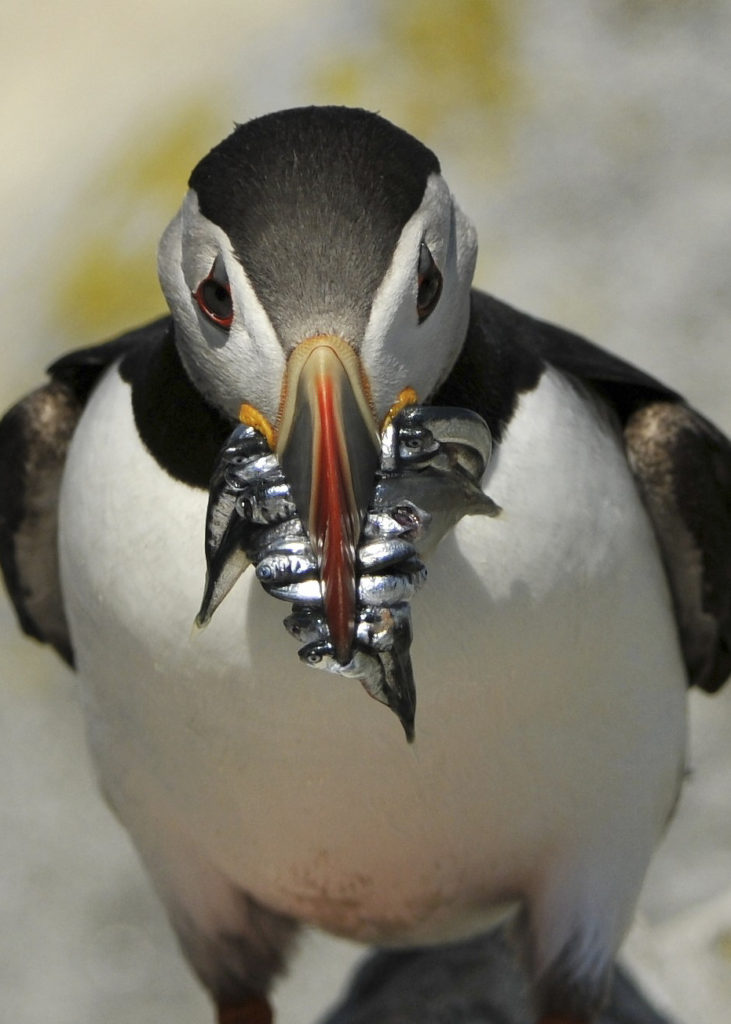 when catching food for their chick they use their specialized bill to carry mouthfuls back to the burrow. Atlantic Puffins have backward-pointing spines on their bills, tongues, and on the roof of their mouths. They push each newly caught fish to the back of their mouth with their tongue and the fish are kept secure by the tiny spines. This allows the puffin to keep their mouth open and keep fishing for more. A puffin can usually hold about 10 fish in his mouth though in these phots I think I count 11 or 12 fish. Nice job!
when catching food for their chick they use their specialized bill to carry mouthfuls back to the burrow. Atlantic Puffins have backward-pointing spines on their bills, tongues, and on the roof of their mouths. They push each newly caught fish to the back of their mouth with their tongue and the fish are kept secure by the tiny spines. This allows the puffin to keep their mouth open and keep fishing for more. A puffin can usually hold about 10 fish in his mouth though in these phots I think I count 11 or 12 fish. Nice job!
I photographed this hard working puffin parent on Machias Seal Island, off the coast of Maine. The “full-mouth” shot is tough to capture. Once the bird lands he is running to duck into the burrow as quickly as possible as every other puffin and gull in the neighborhood is running towards him to steal his cache.
There you have it, the Atlantic Puffin – the adorable, colorful, chipmunk-esque plucky bird of the sea.
For more on the Atlantic Puffin check out my Clown of the Sea post.
Until next month…..m
Sources:
Nikon D300S, Nikon 200-400mm (@ 200mm), f/4, 1/4000 sec, ISO 200, EV -0.5
15
Shot of the Month – July 2012
how
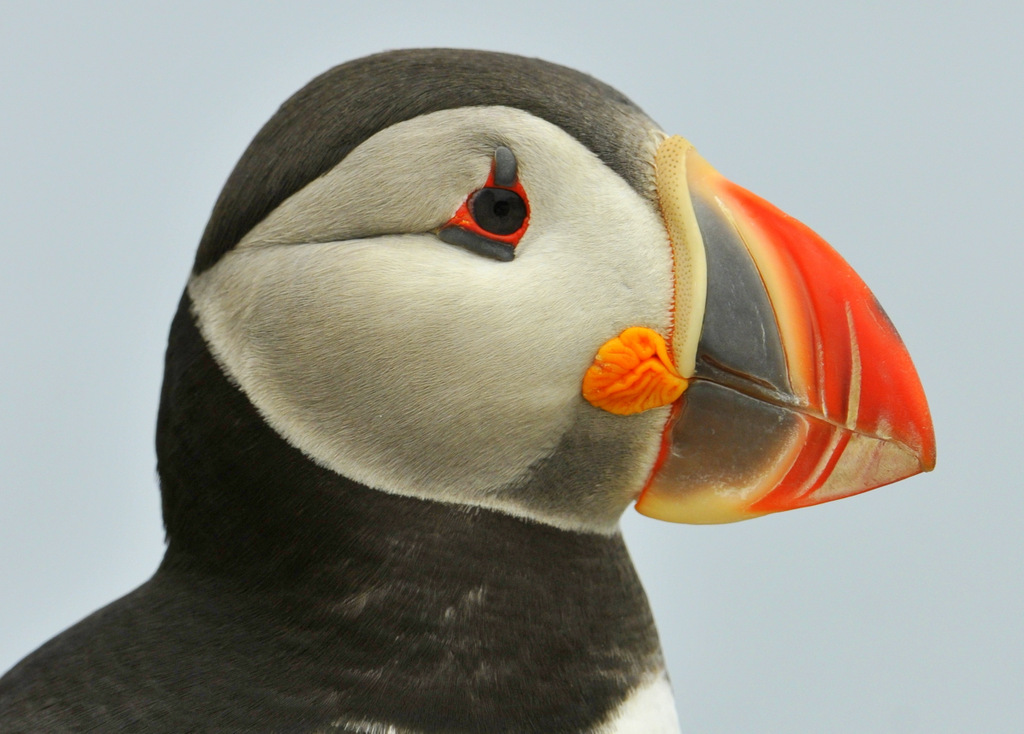 If the lost city of Atlantis had a circus, the Atlantic Puffin, aka “the clown of the sea” would surely be a star act of the show. After having the pleasure of spending some quality time with these birds I can attest that the nickname is well deserved.
If the lost city of Atlantis had a circus, the Atlantic Puffin, aka “the clown of the sea” would surely be a star act of the show. After having the pleasure of spending some quality time with these birds I can attest that the nickname is well deserved.
First, the puffin is decked out in a dapper outfit, has incredible face “makeup”, has oversized colorful feet, and sports a big red nose (ok, the beak is more orange than red, but give me a little poetic license to make this metaphor work) – typical physical characteristics of the clowns I have seen as a child. The stunning coloration is a sign that it is breeding season – both male and female alike are so colorfully adorned. In case you were wondering, it is virtually impossible to distinguish males from the females from looks alone, though the males can often be a bit larger than the females. DNA samples are the only way for us humans to distinguish between Mr. and Mrs. Puffin.
The Atlantic Puffin spends most of her life in solitude on the open water of the North Sea. It is difficult to imagine how hearty this 10-inch bird must be to survive in those conditions. In the summer several thousand puffins converge on the rocks of Machias Seal Island, just off the coast of Maine, to breed and raise their young. After a year apart a breeding pair will reconnect on the island, they mate for life, and raise one chick from a burrow dug in between the rocks.
Second, Atlantic Puffins are funny, as most clowns aspire to be (yes, back to the clown metaphor). When puffins walk they have a waddle that is Charlie Chaplin-esque. Sometimes they walk very quickly with their head down as if lost in thought and late for a meeting. As the rocks can be quite crowded, one must pass through many other puffin territories and this posturing signals that they are just walking through and don’t mean any trouble. Funny.
When a puffin flies in and lands on a crowded rock she will exhibit the “post-landing position.” To get a sense of this recall a memorable gymnast you watched on TV (or saw in person). As the gymnast completed her final maneuver she did a dramatic dismount off the high beam. Remember how she stood there with her arms out and held that pose perfectly still for an exaggerated amount of time to demonstrate that she really nailed the landing? Same with the puffin. Upon landing on a rock, she will put one foot in front of the other, extend her wings out, and lean forward with her head hung low. And, she holds it…………. Still holding it……..aaaand ok. Done. This posturing is a sign of non-hostility that relieves tension when landing among a group of puffins.
And, it looks hilarious.
There are many other puffin fun facts, endearing behaviors, and quirky attributes to explore but that will be for another month. Suffice it to say that I have great affection for these amazing little birds — I find their looks to be remarkable and their pacifist and accommodating demeanor inspiring.
If you want to see Atlantic Puffins in action, check out this live webcam (sponsored by Audubon’s Project Puffin) from nearby Seal Island. But you have to hurry as the puffins will head back out to sea by late August.
And you can see more of my clown, uh, puffin photos here.
Until next month…. 🙂

